From Sept. 27, 2025 to Jan. 11, 2026, Gubbio will host a major international exhibition dedicated to one of the best-known episodes in the life of St. Francis of Assisi: his encounter with the wolf, recounted in the Fioretti and Actus beati Francisci. The exhibition, entitled Francis and Brother Wolf. Art recounts the legend of the encounter, is promoted by the Municipality of Gubbio, the Eugubina Church, the Civic Museum of Palazzo dei Consoli and the Diocesan Museum of Gubbio, with the organizational coordination of Opera Laboratori. The initiative is part of the celebrations for the Eighth Centenary of the Saint’s death and enjoys the patronage of the Standing Citizen Committee “Francis in Gubbio,” the National Committee San Francesco 800 and the Italian Alpine Club. The exhibition brings together for the first time more than 250 works including paintings, sculptures, ceramics, manuscripts, engravings and illustrated books from museums, archives, libraries and private collections in Italy and abroad. Among the masterpieces on display are works by Gerardo Dottori, important examples of twentieth-century Gubbio ceramics and contemporary reinterpretations of the theme, which reinterpret the symbol of the encounter between Francis and the wolf in the light of today’s sensibility.
The exhibition itinerary unfolds in three venues: the Civic Museum of Palazzo dei Consoli, the Diocesan Museum and the Logge dei Tiratoi. The exhibition is divided into several sections, focusing on the iconographic evolution from the 15th century to contemporary art, the language of ceramics, 20th century art and more recent works. Alongside the traditional component, the exhibition includes multimedia contributions, installations and urban itineraries among the sites of the legend, such as the church of Santa Maria della Vittorina, San Francesco della Pace and Farpi Vignoli’s 1973 monument. Completing the project is a catalog edited by Cristina Galassi and Ettore Sannipoli, published by Silvana Editore in 343 color pages. The publication documents the entire exhibition and offers art-historical insights into the evolution of the representation of the encounter between Francis and the wolf, from medieval art to contemporary interpretations.
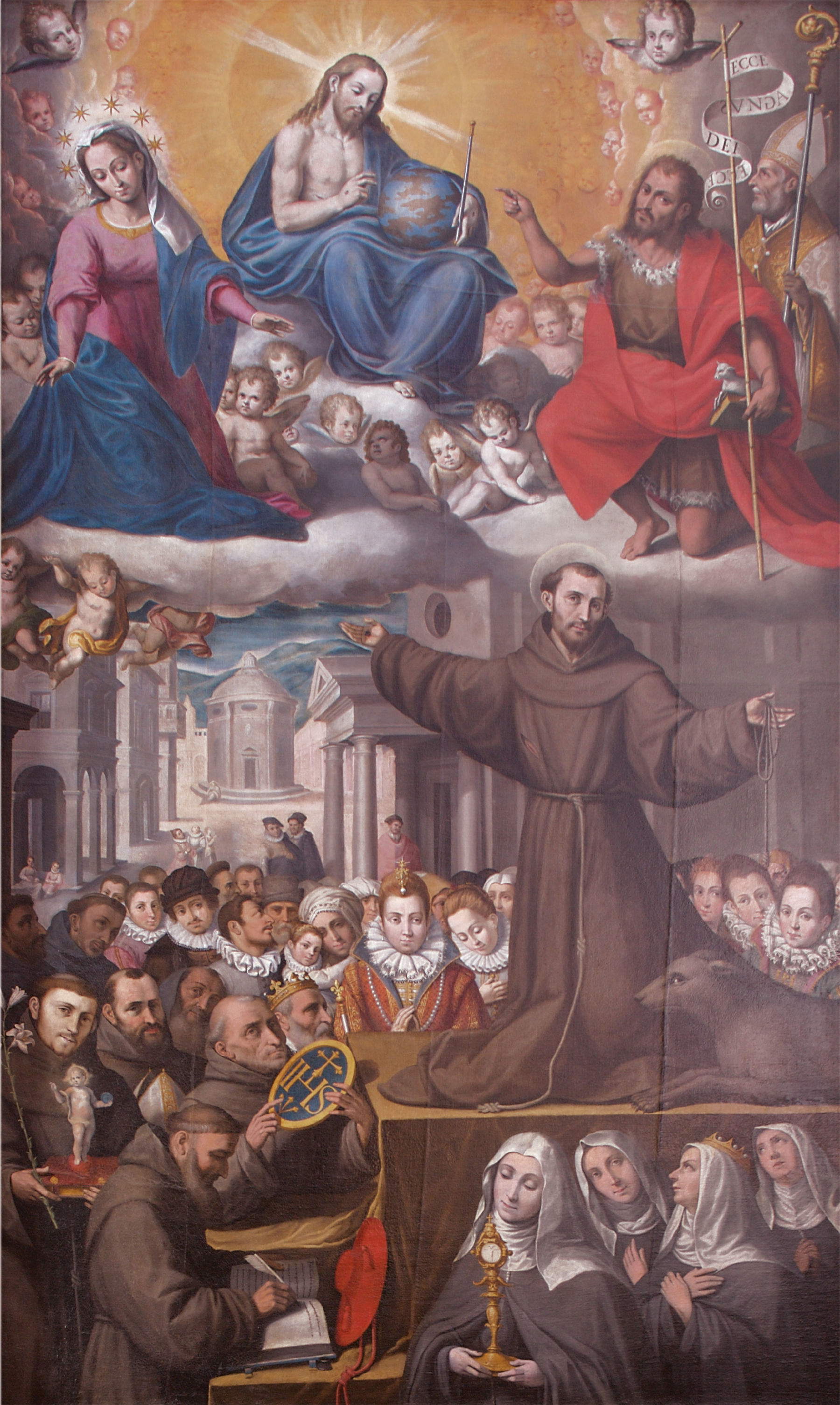
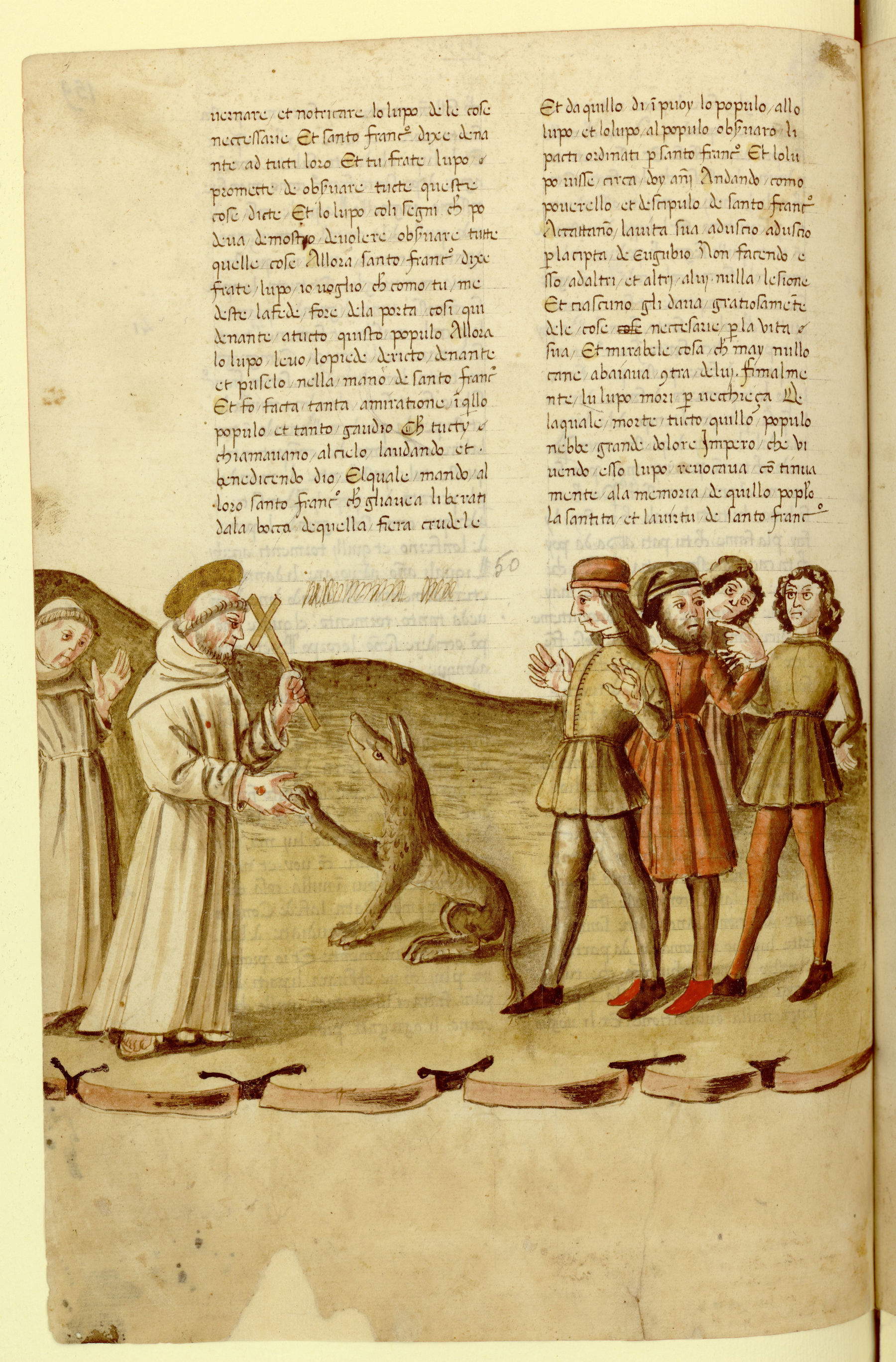
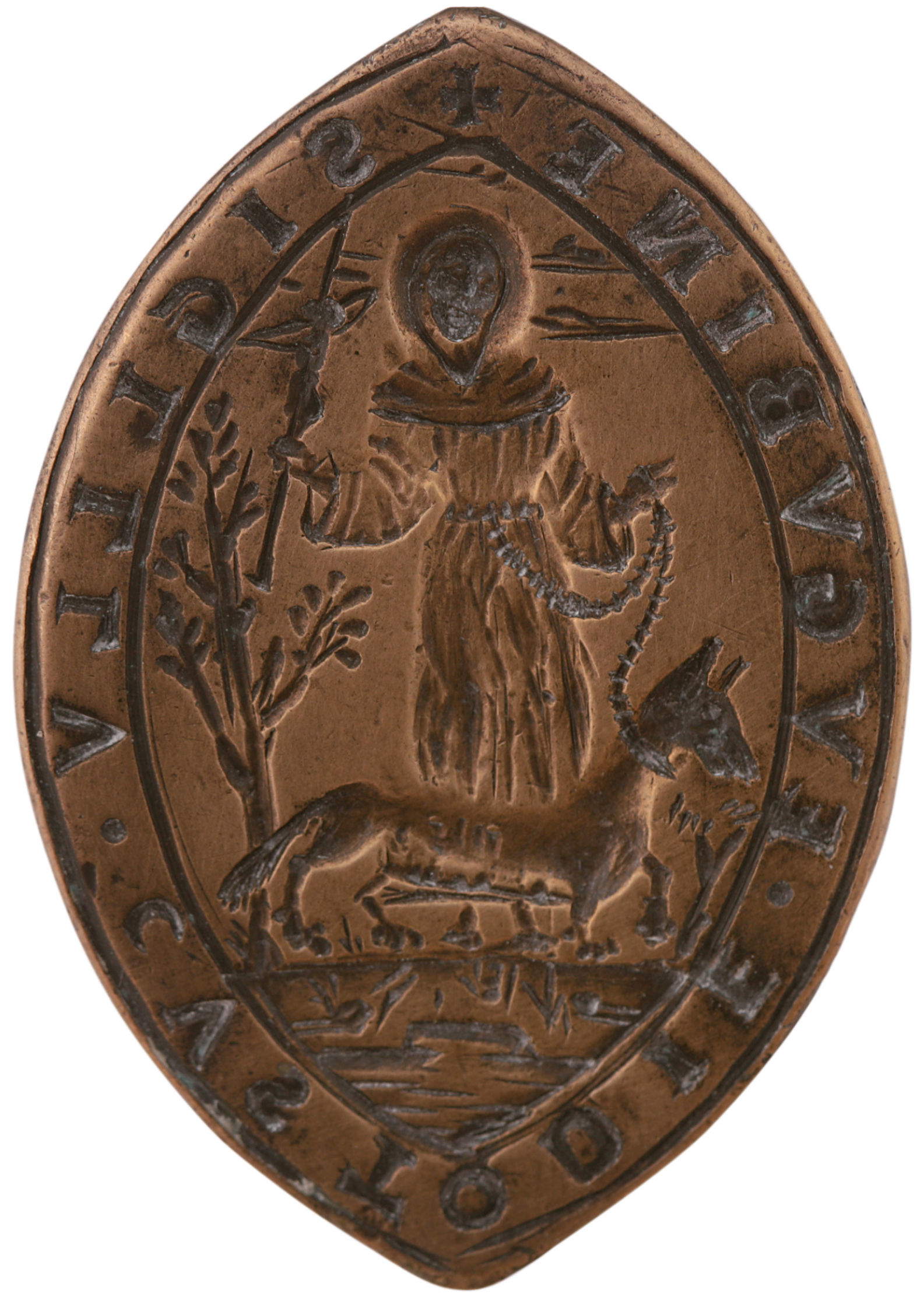
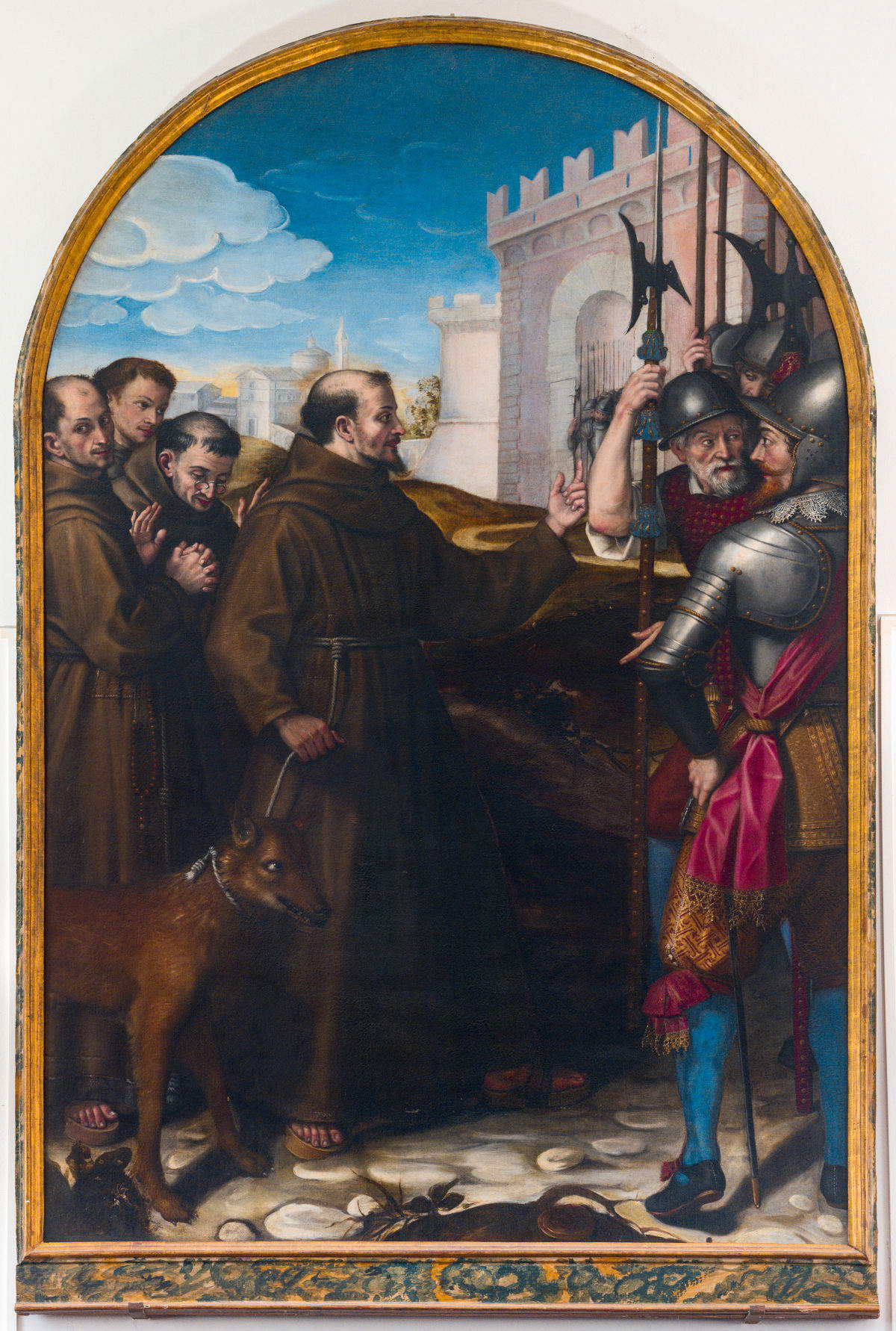
“This exhibition represents a unique opportunity to read, through art, the extraordinary iconographic fortune of an episode that belongs to the memory of Gubbio but has been able to speak to the whole world,” say curators Cristina Galassi and Ettore Sannipoli. “We wanted to interweave the figurative evidence with the symbolic and anthropological dimension of the legend, restoring a tale that spans the centuries and continues to offer highly topical food for thought.”
Francis of Assisi is remembered as a revolutionary figure, capable of communicating ideals of peace, fraternity and dialogue with nature. Among the many episodes of his life, the taming of the wolf of Gubbio represents perhaps the most emblematic: an event in which fear gives way to trust, violence is transformed into peace, and the gesture becomes a universal symbol of reconciliation and hope.
The staging of the exhibition received contributions from numerous institutions and associations: the Perugia Foundation, the School of Specialization in Historical-Artistic Heritage, the University for Foreigners of Perugia, the Central Institute for Intangible Heritage and the Superintendence of Archaeology, Fine Arts and Landscape of Umbria. The project also received the support of the Umbria Region and the collaboration of Gubbio Cultura, La Medusa Associazione Culturale, FoRame Foundation, Biblioteca Sperelliana, Associazione Maggio Eugubino, Festival del Medioevo and Università dei Muratori Scalpellini ed Arti Congeneri. The contribution of local businesses, including Colacem, Colabeton, Financo, CVR, Unicoop Etruria, Ti Style, Cementerie Aldo Barbetti, Redil, Cau, Lieve and Rotary Club of Gubbio, made the initiative possible.
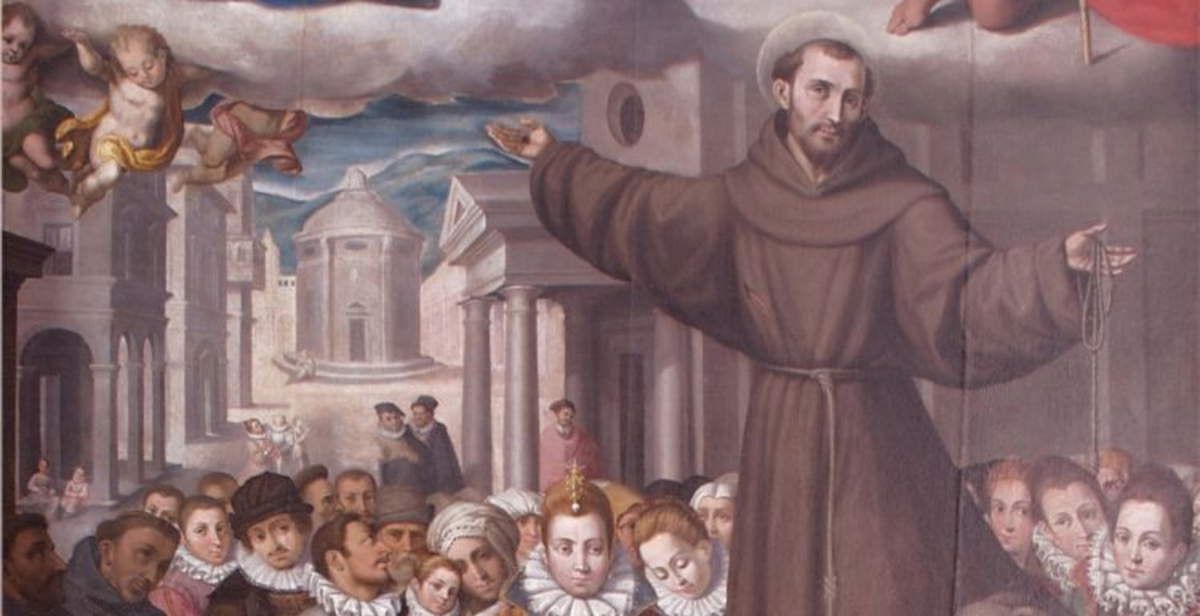 |
| Gubbio celebrates the encounter between Francis and the wolf with an exhibition |
Warning: the translation into English of the original Italian article was created using automatic tools. We undertake to review all articles, but we do not guarantee the total absence of inaccuracies in the translation due to the program. You can find the original by clicking on the ITA button. If you find any mistake,please contact us.